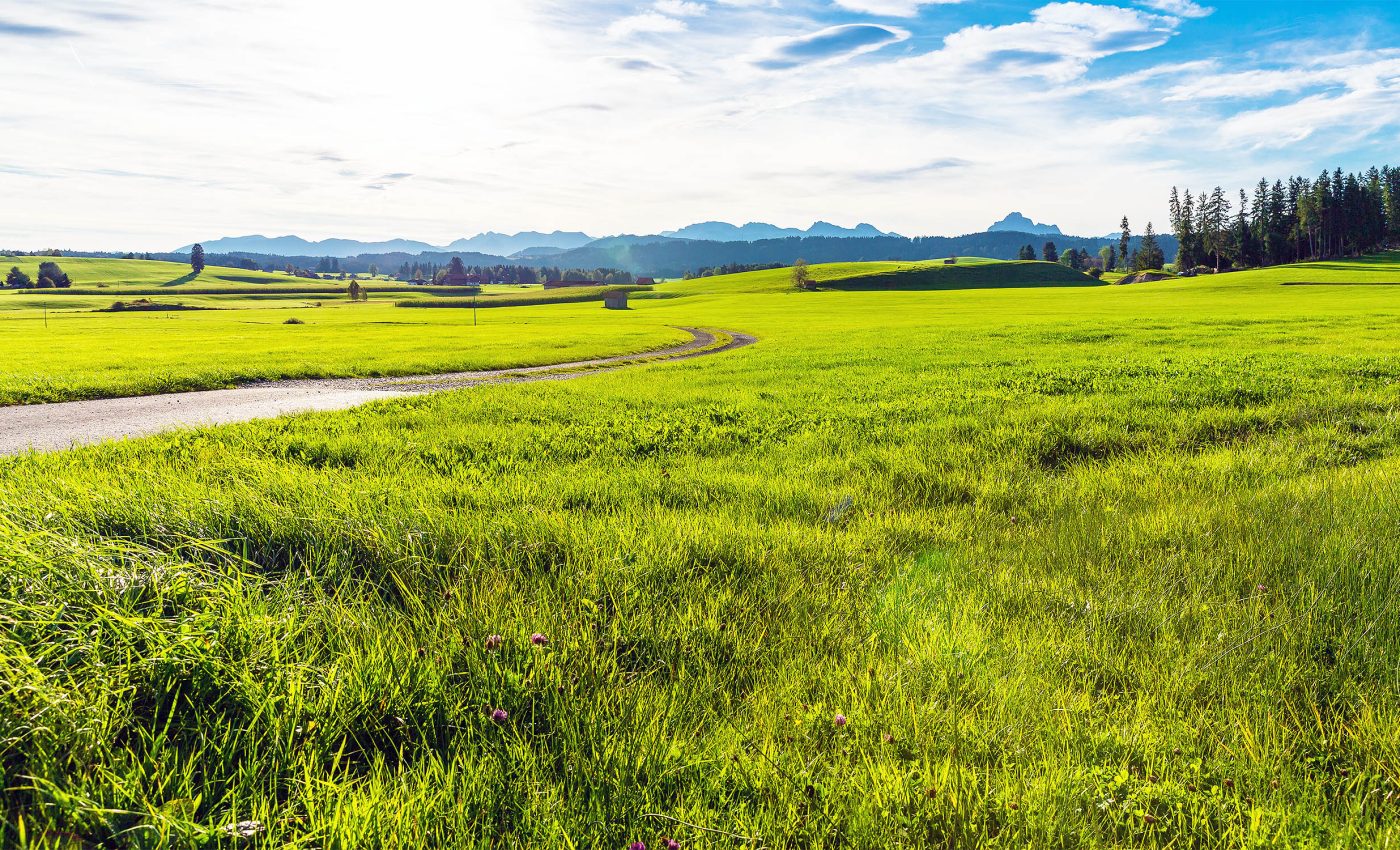
Some grassland ecosystems handle climate change better than others
Grassland ecosystems, contributing to over a quarter of the world’s land surface and containing a third of terrestrial carbon, are a lifeline for food production, wildlife habitat, and overall biodiversity in the face of climate change.
These vast landscapes provide essential ecosystem services, such as soil stabilization, water filtration, and carbon sequestration.
The future of these vital ecosystems is uncertain. Two major environmental shifts are contributing to this crisis. First, land use is intensifying. And the second, the impacts of climate change are escalating.
Grassland use and climate change
Grasslands, particularly in Europe, are experiencing intensified use, including higher levels of fertilization, more frequent mowing, and concentrated grazing.
This intensified agricultural activity is driven by the demand for increased productivity and efficiency in food production.
Furthermore, farmers often limit their sowing to a few grass varieties that promise high yields. This shift in agricultural practices dramatically alters the species composition and functionality of meadows and pastures, reducing biodiversity and impacting ecosystem health.
Climate change adds another considerable layer of threat, with precipitation patterns changing and climatic extremities, like heavy rainfall and droughts, predicted to escalate.
These changes in climate not only affect the growth and survival of plant species but also disrupt the delicate balance of grassland ecosystems.
When these two changes intersect, they can intensify each other. This creates a synergistic effect that worsens the challenges faced by grassland ecosystems. As a result, the future of these vital landscapes becomes uncertain.
Land-use and climate change interaction
A unique large-scale, long-term experiment conducted at the UFZ in Bad Lauchstädt near Halle, known as the Global Change Experimental Facility (GCEF), has assisted in understanding the combined effects of these changes.
The experiment manipulated varying degrees of land use intensity, temperatures, and precipitation levels on 50 plots, each sized 16 x 24 m.
Specific plots were given 10% more rainfall during spring and autumn and 20% lesser in summer, mirroring the climatic conditions expected for Central Germany.
This experiment yielded an eight-year data collection, used to conduct an in-depth study between 2015 and 2022, included in the research publication.
The period constituted three of the driest years in recorded regional history. The droughts seemingly had greater impact on the plants than the simulated climate change during the study period.
Diverse grassland for intense climates
The study revealed that species-rich grassland, which is less frequently mown or sparsely grazed, coped better with heat and drought than the high-yielding meadows under heavy use.
The difference lies in biodiversity, which varied greatly depending on the land use of the grasslands.
The less intensively used meadows and pastures had a diverse mix of over 50 native grasses and herbs, while the high-intensity grassland had only five types of grass recommended for drier sites.
These high-yield varieties are bred for maximum productivity. They are heavily fertilized and perform exceptionally well under favorable climatic conditions. However, they struggle during drought.
In such situations, the high-intensity meadows saw a marked decrease in these grasses and an increase in short-lived species that survive as seeds.
These new species are usually of lower fodder quality, reducing the productivity of the land.
Migration in high-performance grassland
Farmers are familiar with this degradation of high-performance grasslands due to migrating species and regularly plough up and re-seed their land.
However, climate change might accelerate this process, adding extra costs and unpredictable conditions. Farmers relying solely on intensive grassland stand to bear higher economic risks.
On the contrary, low-intensity meadows and pastures not only help preserve biodiversity but also stabilise grassland productivity during climate change.
Understanding these findings is crucial. Implementing solutions accordingly is essential. This helps preserve our invaluable grassland ecosystems. Responsible management is key.
Native species and genetic diversity
Planting a variety of native species that are well-adapted to local conditions can improve the resilience of grasslands.
These species are more likely to withstand climatic variations and pest outbreaks, reducing the need for chemical interventions.
Maintaining genetic diversity in livestock herds is crucial. It helps animals cope with environmental stressors. This support leads to a more robust agricultural system.
Policy and community engagement
Effective grassland management requires supportive policies and community involvement.
Governments and organizations need to offer incentives for sustainable practices. They should also educate farmers about the benefits of biodiversity. Additionally, understanding ecosystem services is crucial for long-term success.
Community engagement programs can foster a sense of stewardship and collective action towards preserving these vital landscapes.
By incorporating these sustainable practices, we can ensure that grassland ecosystems remain productive, resilient, and rich in biodiversity, securing their role in food production and environmental health for future generations.
The full study was published in the journal Global Change Biology.
—–
Like what you read? Subscribe to our newsletter for engaging articles, exclusive content, and the latest updates.
Check us out on EarthSnap, a free app brought to you by Eric Ralls and Earth.com.
—–













